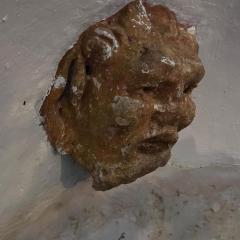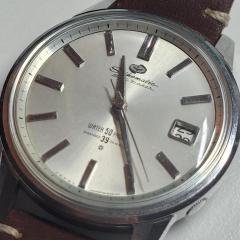First Watch Build, Feedback Appreciated
-
Recently Browsing
- No registered users viewing this page.
-
Topics
-
Posts
-
So if anybody overrides what i say, listen to them haha. I'm not an expert but i've just been in this boat a dozen times as i used to mess up hairsprings bad, but the good part of that was that i got to learn how to fix them. What made my life SO much easier was learning how to adjust the hairsprings with the balance installed on a disassembled mainplate, unless it's a very serious problem or on an inner coil you can't get to i would recommend trying this in part because the spring will mostly ALWAYS look flat when the balance wheel is not installed on the cock. Install the balance wheel back in the cock and the cock with the cap jewels in the mainplate, with it installed even the most imperceptible twist will be pretty obvious. Just make sure the balance jewels are also installed. In these movements, if 99% of the time any twist or problems gonna be around the terminal curve, twists often near the stud, especially if you've been removing their awfully designed studs from the balance cock. If there's a reliable way to install those things without introducing a minor twist to them i haven't found it. they're an awful design. INstall the balance on you mainplate WITH your capstones/chatones and look sideways across the balance under magnification. Look for the highest or lowest spot of the now not flat hairspring. 180 degrees from that high or low spot is where your twist will be. You have to be VERY careful with twists as the tiniest over or under twist brings it out of flat. If the area i have to untwist is near the stud i just use a pair of #5 tweezers or some very sharp fine curved tweezers and gently see which way i twist it corrects the twist, then i hold the very fine point of the tweezers on the hairspring and just gently squeeze and check it and see if it started to correct it, then i rinse and repeat. Tiny adjustments is what you want, don't close them all the way, and dont' introduce a flat spot in them. it's just a little nudge by closing the tweezers on it at an angle. . If the twist is not near the stud, i grasp the hairspring with some very fine curved tweezers as gently as possible while still holding it then i do that same sorta tweezer squeeze with my #5's.
-
Has it got the logo on the crown. I think you're best option is going to be to remove the damaged stem and measure it. Edit Do you have the case reference number.
-
Movement is Omega 1012. I bought this from Cousins:
-
By Embezelled · Posted
To get the full diameter, I'd have to take it out of the case, which I won't be able to do until the screwdrivers arrive. I doubt that it's much use to you, but the raised rim on the case, encircling what you see of the movement, has an outer diamter of 28 mm and an inner diameter of 24.8 mm. The case outer diameter is 32 mm.
-







Recommended Posts
Join the conversation
You can post now and register later. If you have an account, sign in now to post with your account.
Note: Your post will require moderator approval before it will be visible.